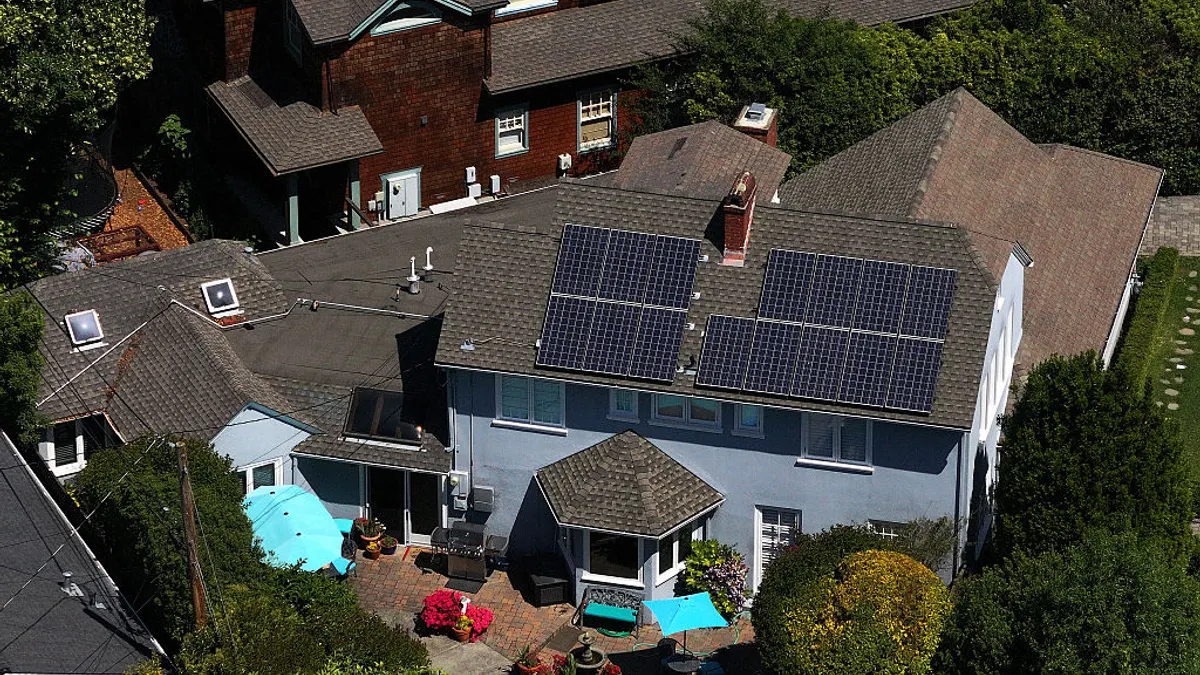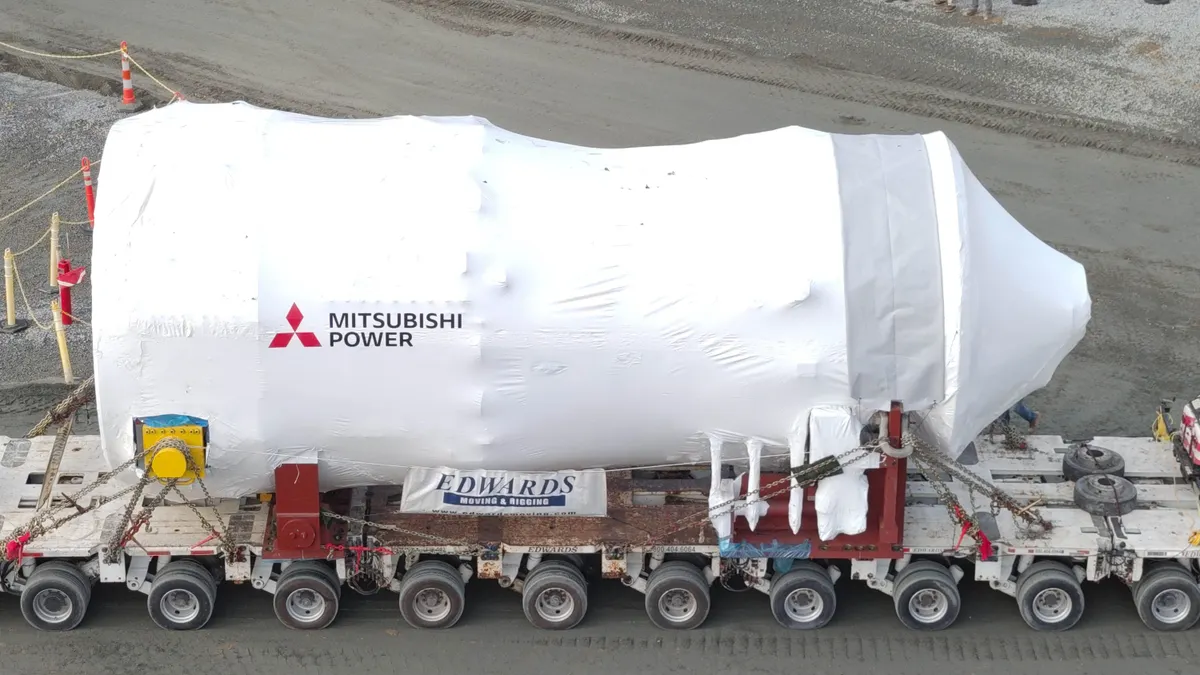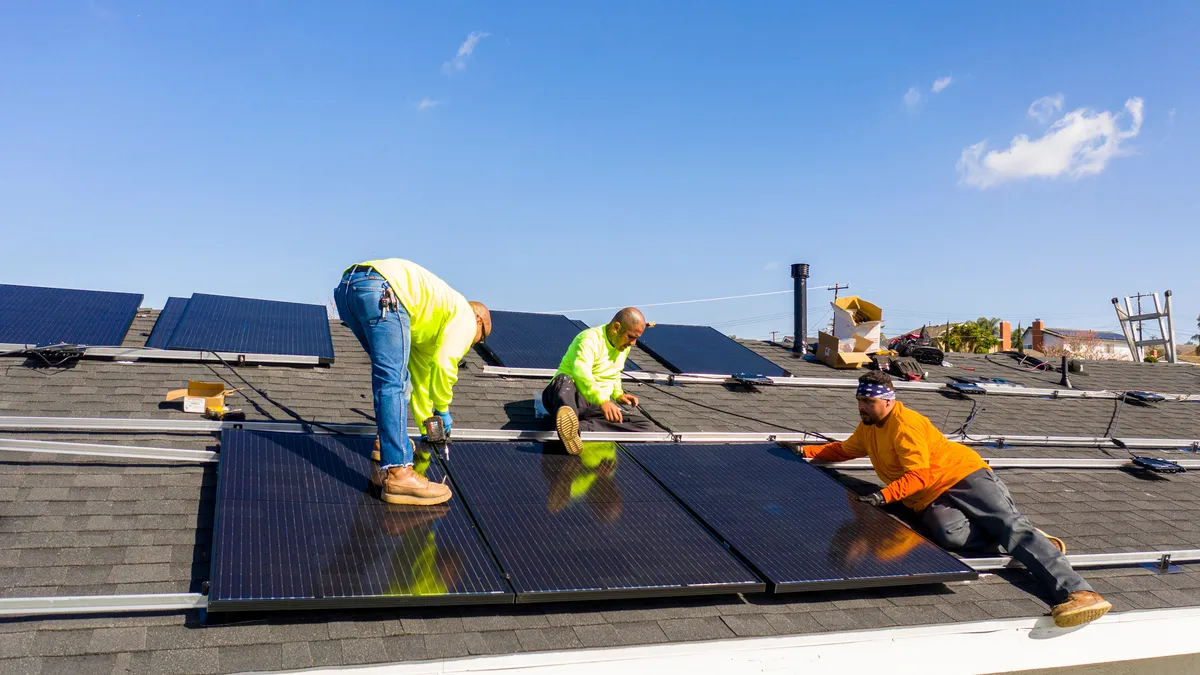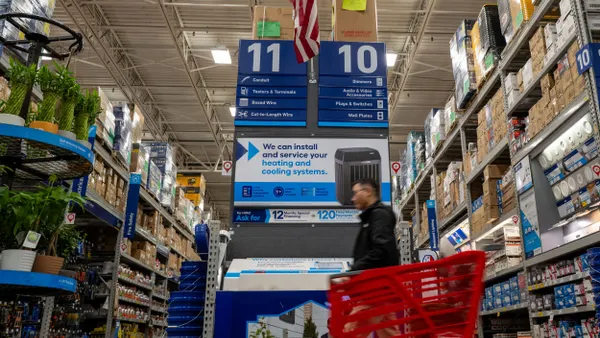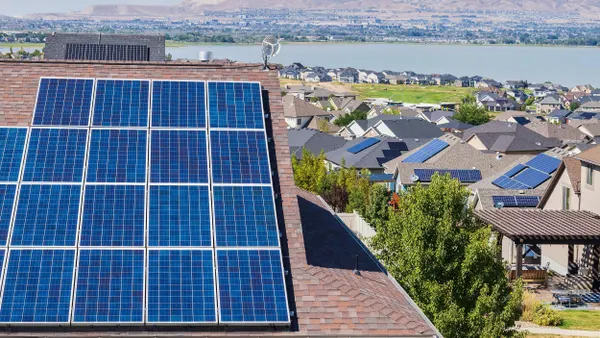Dive Brief:
- California lawmakers approved a sweeping energy package at the end of the legislative session that does not include funding to continue two grid reliability programs, including a virtual power plant advocates believe is the largest in the world.
- Earlier this year, the state faced a $12 billion budget shortfall, and the two programs were in limbo for months as legislators negotiated down to the wire. The bills awaiting Gov. Gavin Newsom’s signature after the session closed Saturday include proposals aimed at bringing down energy costs, expanding the Western grid and codifying virtual power plants in longterm planning.
- Advocates say gutting the Demand Side Grid Support and Distributed Electricity Backup Assets programs threatens to undermine the state’s progress toward a more resilient grid that can respond to system stress by calling on batteries, electric vehicles, rooftop solar panels, smart thermostats and other energy resources that are increasingly common in homes, businesses and institutions.
Dive Insight:
Legislators created DSGS and DEBA in 2022 to try to improve reliability and avoid blackouts during emergencies. At one time, they were slated to receive nearly a billion dollars in state funds.
Kate Unger, senior policy advisor for the California Solar and Storage Association, said the DSGS program alone has more than one gigawatt of enrolled capacity, of which about 750 MW is batteries. The program is run by the California Energy Commission and offers customers, utilities and/or aggregators compensation in exchange for allowing their resources to be dispatched at times of grid stress.
A test event in July saw more than 500 MW of battery energy dispatched to the grid for two hours.
“I think we’re at a point now where I can actually see the program come to a grinding halt,” said Unger. “There appears to be a risk that DSGS providers and customers could participate in 2026 and not get paid.”
A study by The Brattle Group, commissioned by Sunrun and Tesla Energy, both of which participate in the DSGS program, concluded that the taxpayer-funded virtual power plant could reduce the need for gas peaker plants and has the potential to save ratepayers $206 million between 2025 and 2028.
After several rounds of appropriations and clawbacks, the programs had been expected to receive more than $400 million through at least 2028, funded primarily from California’s Greenhouse Gas Reduction Fund, which is funded by its cap and trade program.
Their fate, however, rested on the reauthorization of the cap and trade program, which was the centerpiece of a sprawling energy package that Newsom pushed through. The legislature passed a bill reauthorizing cap and trade and rebranding it as “cap and invest,” but without the grid reliability funding.
Edson Perez, senior principal at Advanced Energy United, expressed disappointment that the programs seemed to have been left on the cutting room floor amid intense negotiations and budget constraints.
“It just went into the black box of negotiations,” he said. “It is a huge missed opportunity.”
Perez said overall, reauthorizing cap and trade was a “great achievement” and he expressed hope that legislators would find another way to fund the grid reliability programs early next year.
“The Governor is steadfast in his commitment to building a more reliable, affordable, clean and safe power grid that can serve the evolving needs of millions of Californians in a hotter, drier climate,” a spokesperson for Newsom wrote in an email. “The reality is that California has rapidly deployed thousands of new megawatts in recent years meaning our grid is more resilient than it’s ever been.”



